Removing star spikes with Cuiv the Lazy Geek
Thursday, May 16, 2024

|
Richard Harris |
In his YouTube video, Cuiv, The Lazy Geek, explores various methods to remove star spikes in Newtonian telescopes. He experiments with the binary hologram appetizer from Starworks and "bat thingies" on his telescope's spider, comparing their effectiveness in reducing diffraction spikes. Cuiv shares his insights, skepticism, and plans for future testing.
Star spikes, also known as diffraction spikes, are lines radiating from bright stars in images taken with Newtonian telescopes. They occur because of diffraction of light around the secondary mirror's support vanes, also known as the spider vanes.
Refracting telescopes, which lack any central obstruction, do not suffer from star spikes and generally offer higher contrast because of it. Imagine holding your hand at arm's length and trying to look past it to see something in the distance—it's like trying to admire a beautiful landscape with a fly in front of your face. The fly (or in the case of Newtonian telescopes, the spider vanes) makes everything a bit blurrier and less enjoyable to view.
At my observatory, I use both fast Newtonians and high-quality refractors like the TEC 180 FL and Takahashi TOA-130-NFB. The difference in contrast, especially in stars, is striking. Refractors, lacking central obstructions, offer sharper, higher-contrast images with pinpoint stars and no diffraction spikes. In contrast, Newtonians, while excellent for certain applications, can produce diffraction spikes around bright stars, slightly reducing overall contrast. The clarity with refractors is truly impressive.
The perception of star spikes, or diffraction spikes, in astrophotography, is a love-hate among astrophotographers and viewers alike. Some people love them, some people hate them.
Why Some People Love Star Spikes
1. Aesthetic Appeal: Many find star spikes visually appealing. They can add a sense of sparkle and drama to an image, making bright stars stand out more prominently.
2. Artistic Expression: Some astrophotographers see star spikes as part of the artistic expression in their work. The spikes can add a unique, recognizable element to their images, distinguishing their style.
3. Tradition and Nostalgia: Star spikes have been a characteristic of telescope imagery for a long time, particularly in amateur astrophotography. Some enthusiasts appreciate this traditional aspect and find it nostalgic.
Why Others Feel They Detract from an Astrophoto
1. Natural Appearance Purists argue that star spikes are artificial artifacts and prefer images that represent the sky as naturally as possible. They believe that spikes distract from the natural beauty of celestial objects. Here's a great example of diffraction spikes detracting an astrophoto from James Webb.
2. Detail Obstruction: Diffraction spikes can obscure or interfere with faint details in an image. For those focusing on capturing intricate features of nebulae or galaxies, spikes can be seen as a nuisance.
3. Professional Standards: In professional astronomy, images are often expected to be as free of artifacts as possible. As a result, those aiming for a more professional look in their astrophotos might prefer images without star spikes.
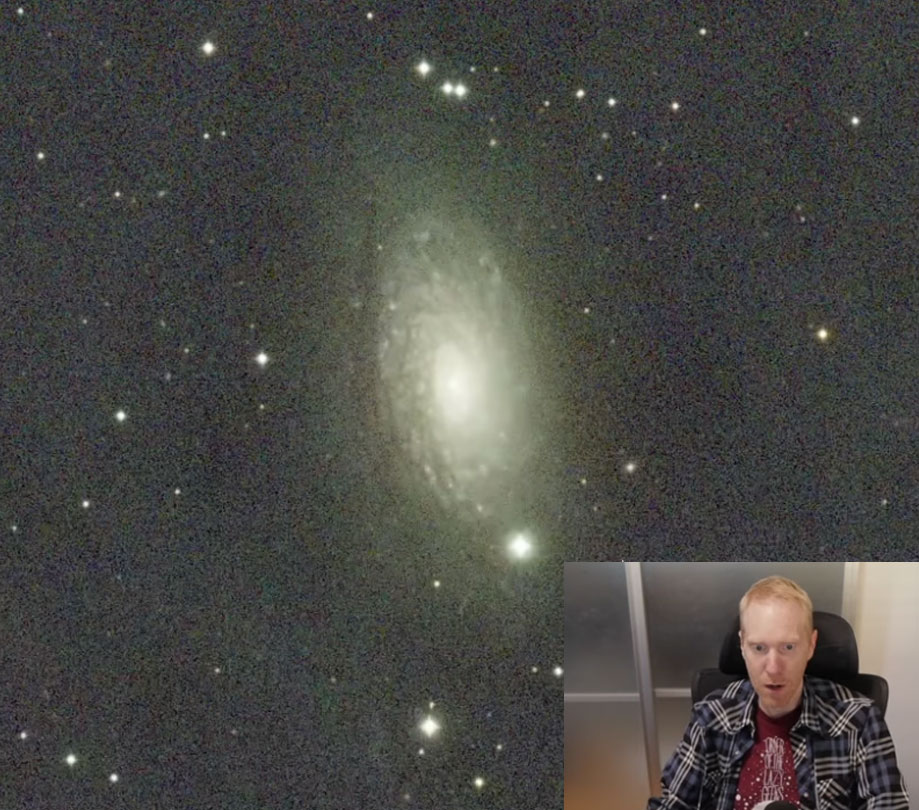
Removing star spikes with Cuiv the Lazy Geek
The debate over star spikes ultimately boils down to personal preference. Some astrophotographers may choose to embrace them, while others might use techniques to minimize or eliminate them. The diversity in opinions and techniques enriches the field of astrophotography, allowing for a wide range of creative and scientific expressions.
Cuiv, The Lazy Geek, shared his experiments to eliminate star spikes in Newtonian telescopes using different methods on his YouTube channel. He tried using a binary hologram appetizer from Starworks, a Japanese store, which is meant to transform a telescope into an apochromatic refractor by reflecting light back into the camera and eliminating star spikes. However, due to the thicker replacement spider, he couldn't use the provided slot for the appetizer and had to attach it with sticky tape. There was skepticism about its effectiveness and high price, anyway, and he was planning to create a 3D-printed alternative.
Then Cuiv also installed "bat thingies" on his telescope's spider, coincidentally placing them in the middle of the spider veins and eliminating the main diffraction spikes. He was unsure if it was worth the investment but planned further testing.
Finally, Cuiv imaged stars using a modified spider, which reduced the appearance of star spikes but didn't eliminate them entirely. He wondered if using the original spider would have made a difference at all.
About Cuiv, The Lazy Geek
Cuiv the Lazy Geek is a French YouTuber who creates educational and entertaining videos about astrophotography. His content includes tutorials, technical videos, insights, and imaging nights.
ScopeTrader's latest survey
Featured Stories
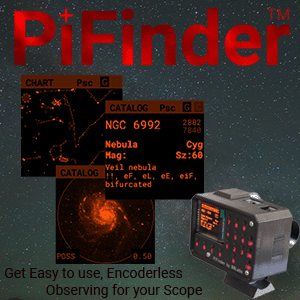
Stay Updated
Sign up for our newsletter for the headlines delivered to youSuccessFull SignUp

|
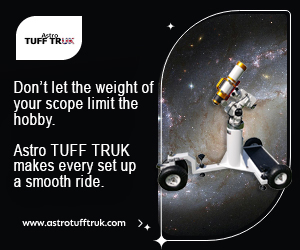

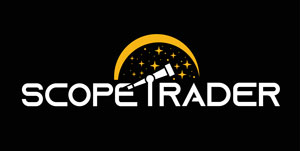
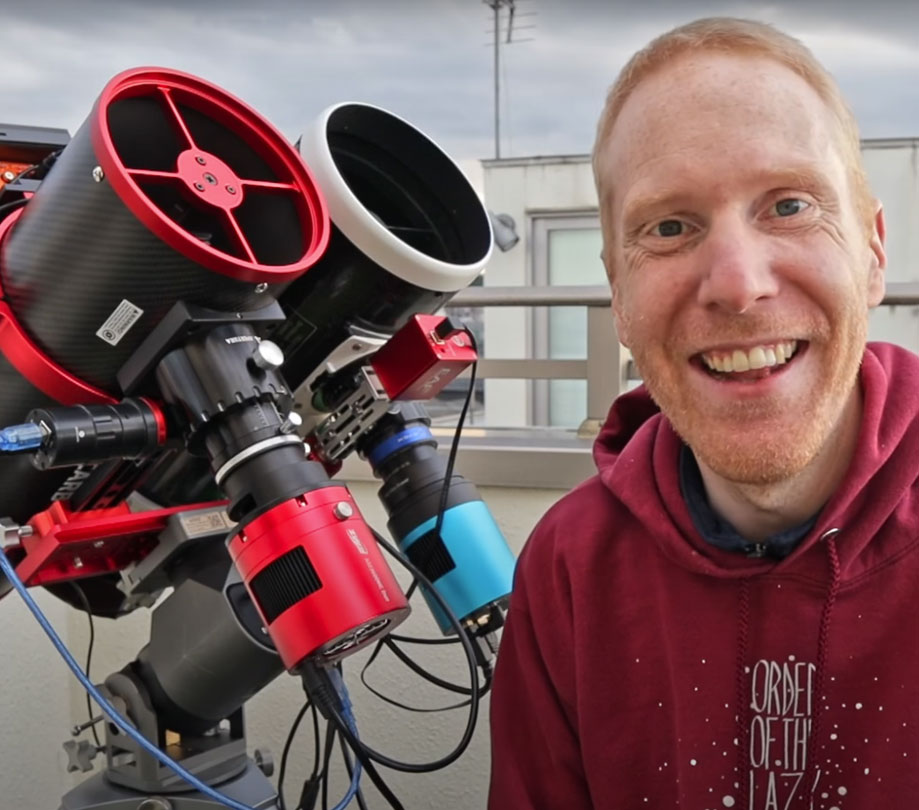

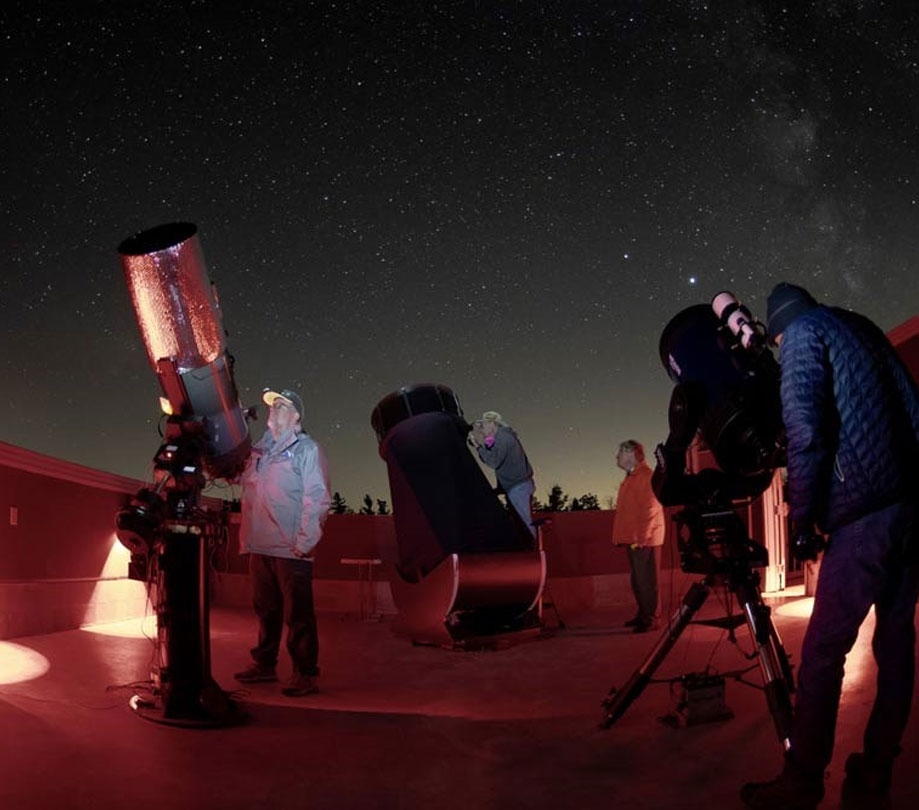
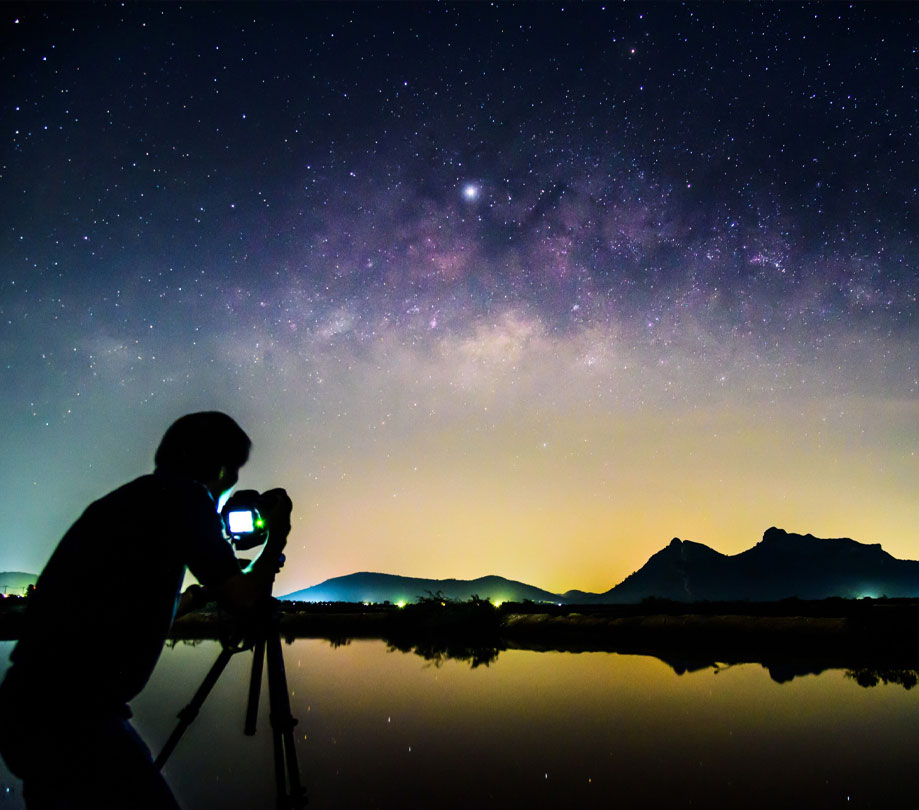
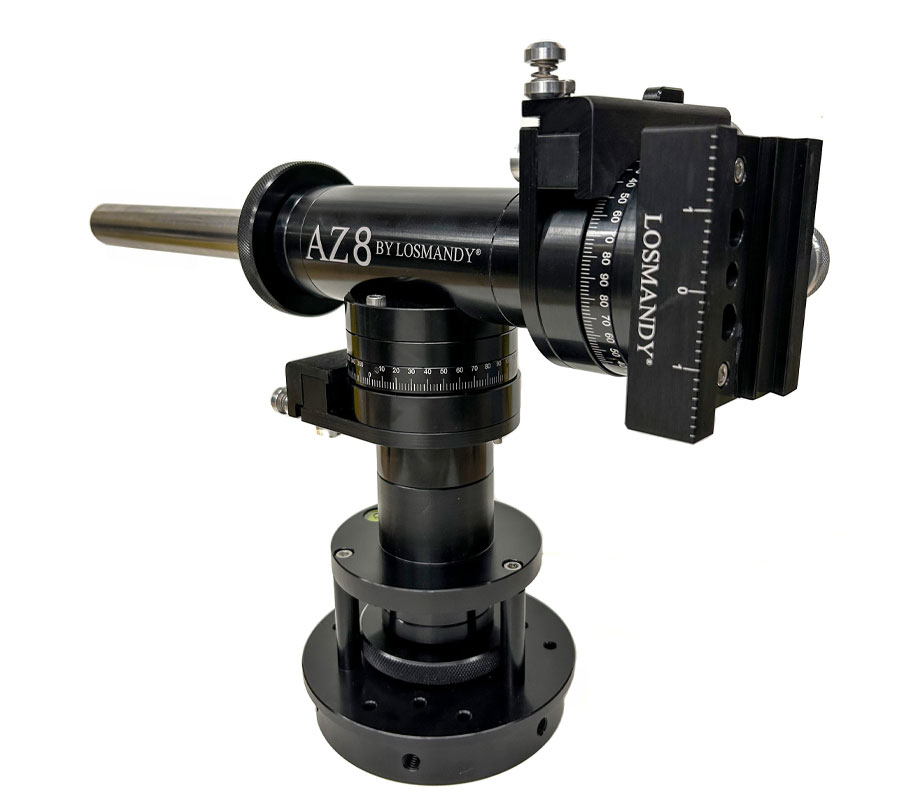
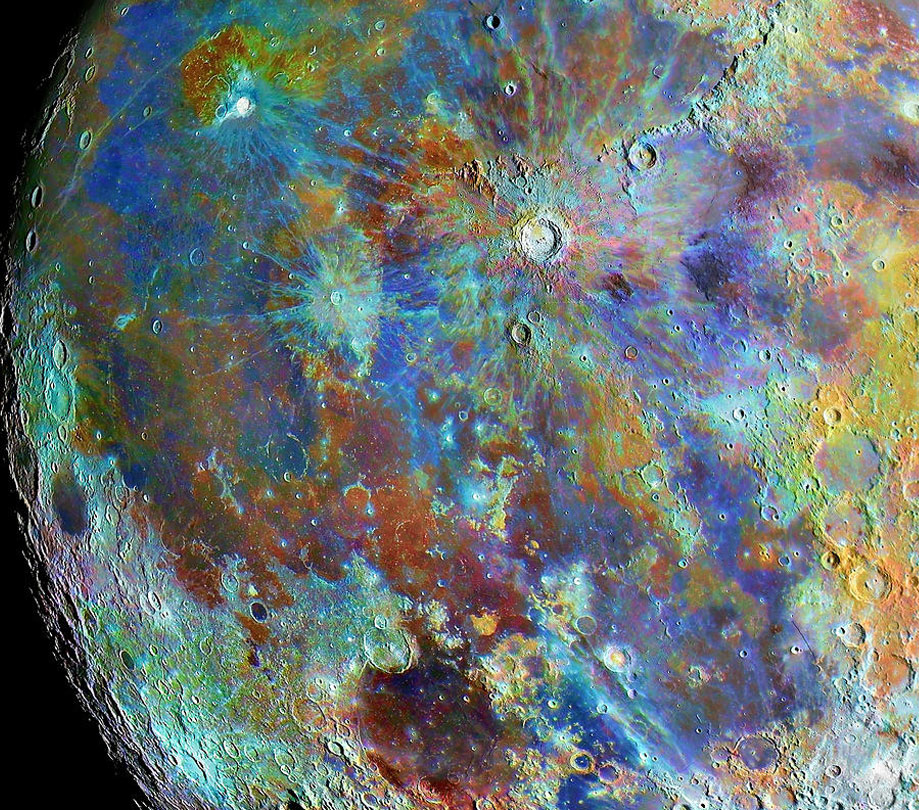
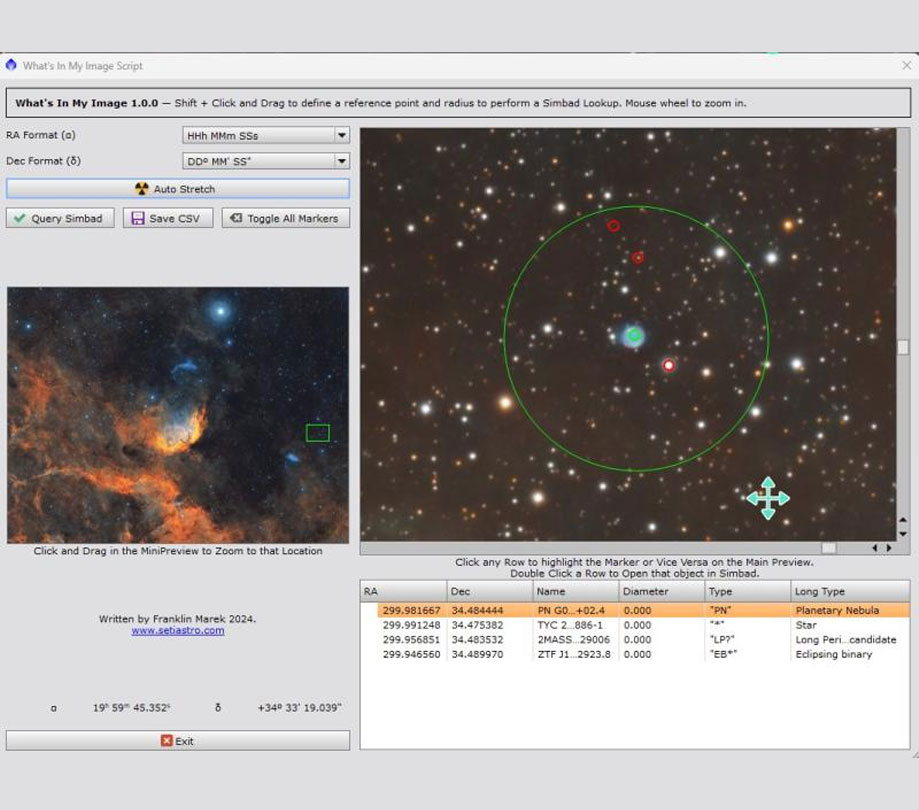
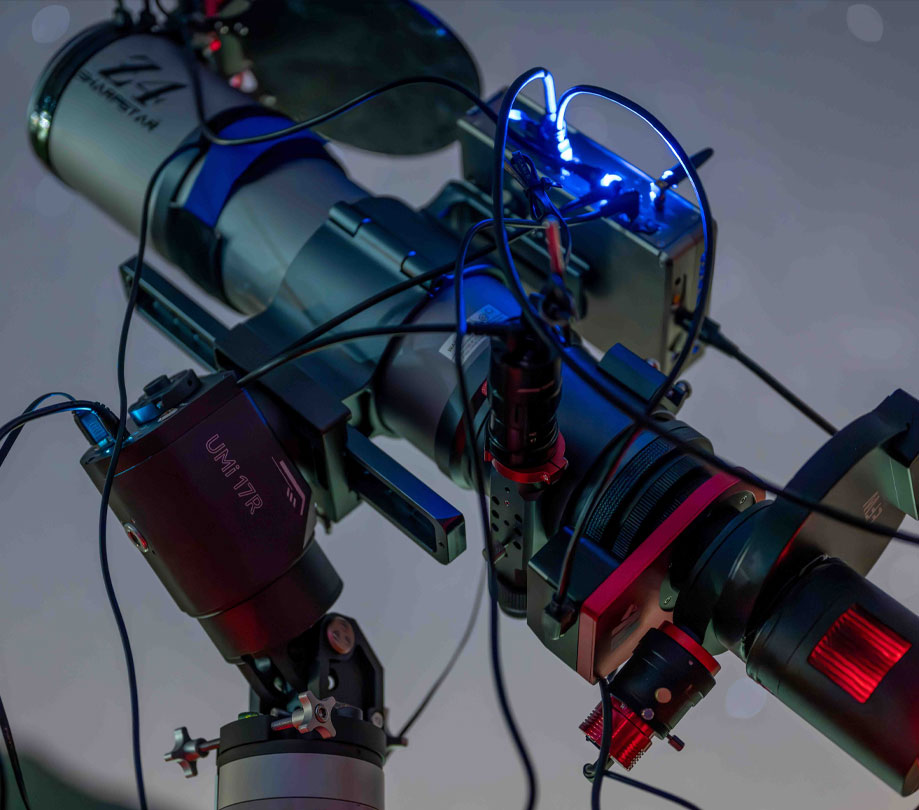
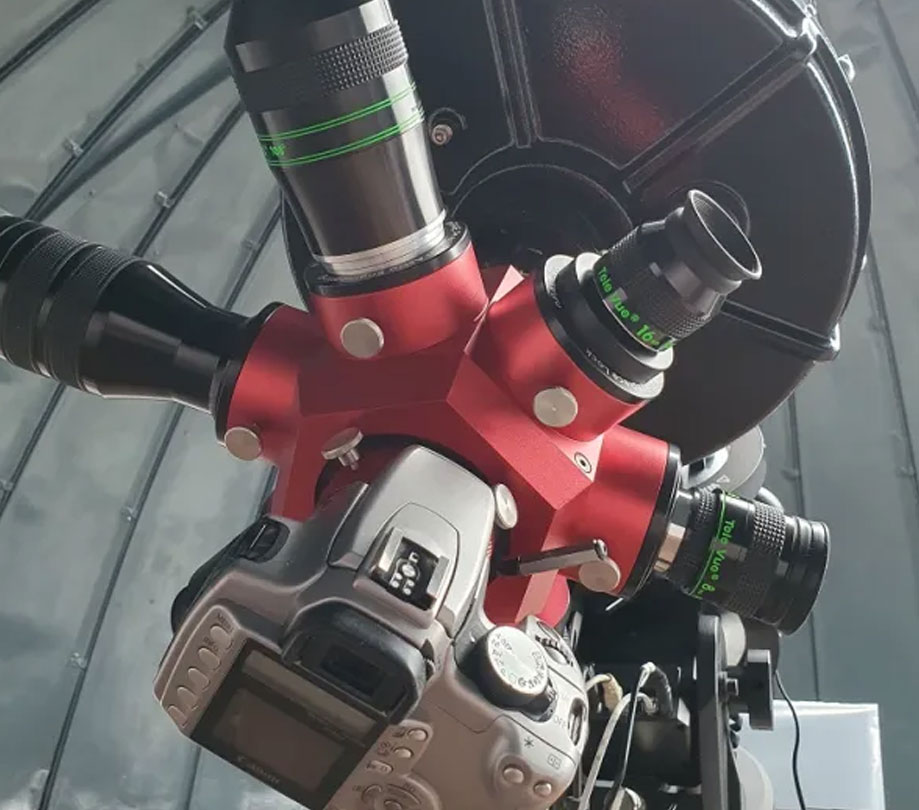
Comments